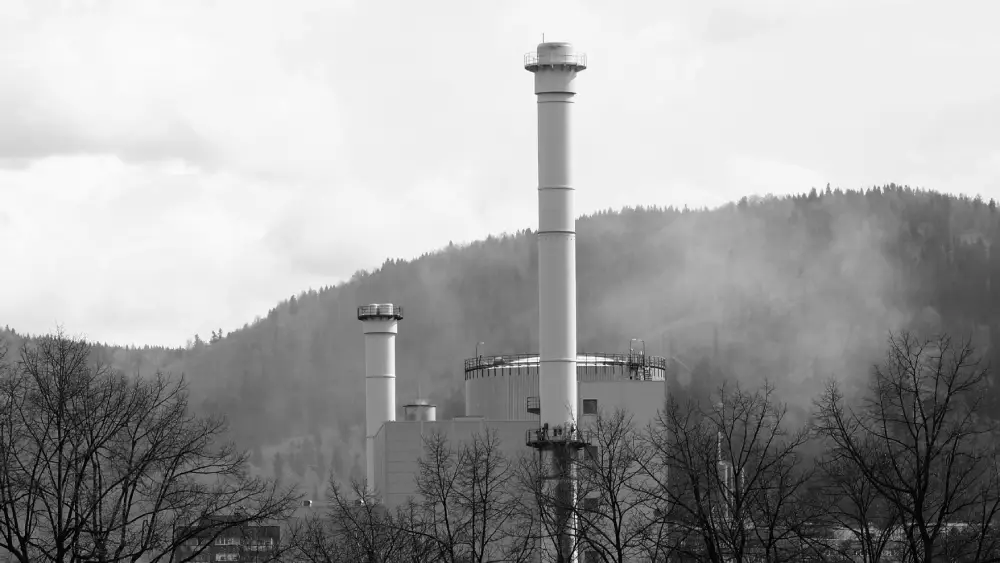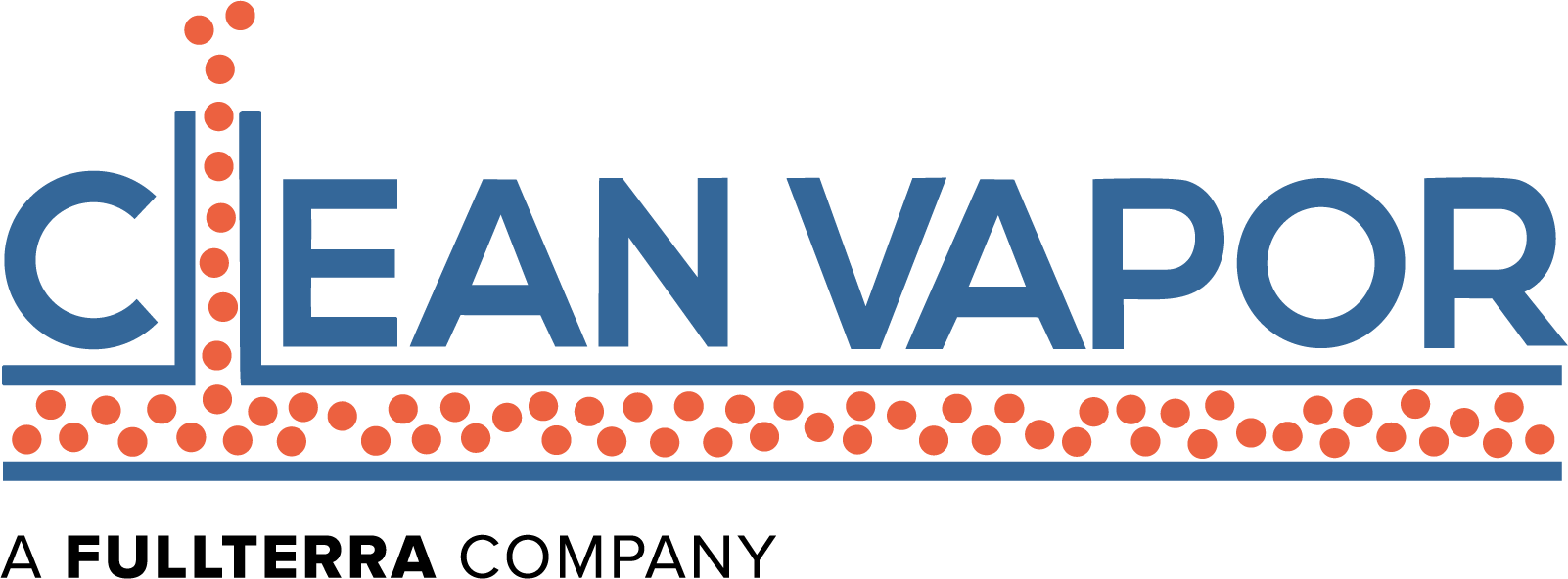Developing on sites with past industrial use or known contamination requires proactive protection from hidden hazards. VOC mitigation systems safeguard buildings from harmful chemical vapors, ensuring safe air quality and regulatory compliance from the ground up.
When developing properties on sites with industrial history or known contamination, protecting buildings from volatile organic compounds (VOCs) becomes essential. A VOC mitigation system prevents harmful vapors from petroleum products, dry cleaning solvents, and industrial chemicals from entering structures through foundations and compromising indoor air quality. Understanding how these systems work and when they’re required is critical for property developers, building owners, and environmental professionals managing sites with vapor intrusion concerns.
What is a VOC Mitigation System?
A VOC mitigation system is an engineered solution designed to prevent subsurface vapors containing volatile organic compounds from entering buildings and affecting indoor air quality. These specialized systems create physical and mechanical barriers between contaminated soil or groundwater and occupied spaces, ensuring that dangerous chemicals like benzene, toluene, trichloroethylene (TCE), and perchloroethylene (PCE) cannot accumulate indoors.
VOC mitigation systems typically combine passive vapor barriers with active sub-slab depressurization to provide comprehensive protection. The specific design depends on site contamination levels, building characteristics, soil conditions, and local regulatory requirements. Unlike radon mitigation systems that address a single naturally occurring gas, VOC systems must protect against multiple chemical compounds with varying properties and health risks.
Why VOC Mitigation Systems Matter
The presence of VOCs in soil or groundwater beneath buildings poses serious health and liability concerns. Volatile organic compounds can migrate through foundation cracks, utility penetrations, and porous concrete, accumulating to concentrations that exceed safe exposure limits. Chronic exposure to VOCs has been linked to respiratory problems, liver and kidney damage, neurological effects, and increased cancer risk.
Beyond health concerns, vapor intrusion issues can derail development projects, trigger expensive remediation requirements, and create long-term liability for property owners. Sites with historical uses as gas stations, dry cleaners, auto repair shops, manufacturing facilities, or other industrial operations face elevated vapor intrusion risk. As brownfield redevelopment continues expanding, implementing proper VOC mitigation has become standard practice for responsible development.
The consequences of inadequate mitigation extend beyond occupant health. Property values can decline significantly when vapor intrusion issues emerge. Insurance costs increase. Tenant recruitment becomes challenging. Regulatory enforcement actions may result in fines or building closures. A properly designed and installed VOC mitigation system protects human health while preserving property value and ensuring compliance with increasingly stringent environmental regulations.
How VOC Mitigation Systems Work
Passive Vapor Barrier Systems
The foundation of most VOC mitigation systems involves installing gas-impermeable membranes beneath the building slab. These specialized barriers, typically constructed from 40-60 mil polyethylene or composite materials, prevent vapor migration through the foundation. Critical to effectiveness is achieving continuous coverage with properly sealed seams, penetrations, and perimeter connections.
The barrier layer sits on top of a granular venting layer—usually 4-6 inches of clean gravel or aggregate—that allows any vapors reaching the barrier to disperse laterally rather than accumulating in one location. This combination provides robust passive protection suitable for sites with lower contaminant concentrations.
Active Sub-Slab Depressurization
For sites with higher contamination levels or where passive barriers alone cannot achieve indoor air quality targets, active depressurization systems create a negative pressure zone beneath the building. Perforated piping installed within the sub-slab aggregate layer connects to vertical exhaust pipes extending above the roofline.
Mechanical fans maintain continuous negative pressure, actively drawing vapors away from the building before they can penetrate the foundation. This active approach provides measurable, verifiable protection and allows real-time monitoring of system performance through pressure sensors and alarm systems.
Integrated Protection Strategies
Many projects combine both passive and active components for maximum protection. The vapor barrier provides the primary defense line, while the active venting system ensures any breakthrough vapors are immediately captured and vented. This layered approach delivers redundancy—if one component underperforms, the other maintains protection.
Integration with building waterproofing systems requires careful coordination since some waterproofing methods may not be compatible with certain vapor barrier materials. Successful projects address both water intrusion and vapor intrusion through coordinated design.

The VOC Mitigation System Installation Process
Phase 1: Site Assessment and Design
Every project begins with comprehensive vapor intrusion testing. Environmental professionals install soil gas probes at multiple depths and locations across the site, measuring concentrations of target VOCs over several weeks to establish baseline conditions and understand seasonal variations.
A qualified environmental engineer or professional geologist analyzes the testing data alongside building plans, soil conditions, and regulatory requirements to design a site-specific mitigation system. The design specifies barrier materials, venting configurations, fan capacities, monitoring provisions, and installation quality control procedures.
Phase 2: System Installation
Specialized contractors execute the engineer’s design, installing vapor barriers and venting systems according to strict quality standards. Installation typically occurs during foundation construction, though retrofit systems can be installed in existing buildings through various techniques.
Quality control during installation is critical. Every seam must be properly sealed. All utility penetrations require special attention. Perimeter connections demand careful detailing. The venting layer must achieve specified thickness and uniformity. Experienced contractors understand that shortcuts during installation compromise long-term system effectiveness.
Phase 3: Testing and Verification
Upon installation completion, independent testing verifies system performance. Verification may include smoke testing to confirm air-tightness, pressure field testing to ensure adequate depressurization coverage, and indoor air sampling to demonstrate that vapor intrusion has been successfully mitigated.
Documentation of installation quality and performance testing creates the record required for regulatory approval and building occupancy permits. This documentation also provides the baseline for ongoing monitoring and maintenance.
Phase 4: Long-Term Monitoring
VOC mitigation systems require periodic monitoring to ensure continued effectiveness. Active systems need regular fan inspections, pressure monitoring, and alarm system testing. Indoor air quality testing on a scheduled basis verifies that the system maintains protection over time.
Any future foundation work—new utility penetrations, structural modifications, or expansion projects—requires careful evaluation and potential system modifications to maintain integrity. Property owners should maintain detailed records of the original installation and any subsequent changes.
Choosing the Right Partner for VOC Mitigation
Successfully implementing a VOC mitigation system requires expertise spanning environmental science, engineering, construction, and regulatory compliance. The complexity of coordinating site assessment, system design, installation, and long-term monitoring demands experienced professionals who understand both the technical and regulatory aspects.
FullTerra brings comprehensive VOC mitigation capabilities to projects nationwide. Our integrated approach combines environmental assessment, system design, specialized installation, and ongoing monitoring under one roof. With over 100 million square feet of barrier systems installed across 40+ states, our team of 150+ engineers, geologists, and installers has addressed vapor intrusion challenges on sites ranging from former dry cleaners to large industrial complexes.
Our design-build-monitor model streamlines project delivery while ensuring accountability. We understand local regulations across multiple jurisdictions. We coordinate seamlessly with general contractors, architects, and other project stakeholders. We provide the documentation required for regulatory approval and building permits.
Taking Action on Vapor Intrusion Protection
VOC mitigation systems represent a critical investment in building safety, regulatory compliance, and property value protection. As environmental awareness increases and regulations tighten, addressing vapor intrusion proactively has become essential for successful project completion.
If your project involves a site with potential vapor intrusion concerns, engaging qualified environmental professionals early prevents costly delays and ensures proper protection. A well-designed and properly installed VOC mitigation system delivers reliable long-term protection while unlocking value from challenging sites.Ready to discuss your project’s vapor mitigation needs? Contact FullTerra today to learn how our design-build-monitor platform can help you navigate VOC mitigation requirements efficiently and confidently. Our experts will assess your site-specific conditions and develop a customized protection strategy that keeps your project on schedule and on budget.





